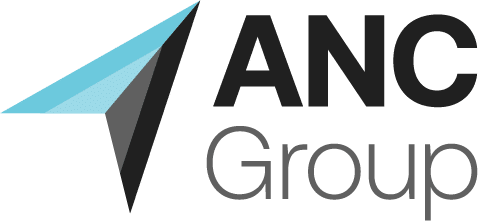Data drives decisions. It’s almost impossible to make the best decision when you have very little background or context. This is especially true for the education sector, where decisions don’t just affect a bottom line—they impact the lives of students and families.
Data reporting in the education sector allows decision-makers to track important metrics such as student performance, teacher effectiveness, resource allocation, and more. If your institution doesn’t have a clear plan for collecting and analyzing data, this blog can help.
What Is Data Reporting?
The goal of data reporting is to provide a better understanding of trends in your institution’s performance. By having access to up-to-date information about how the school or district is doing, decision-makers can make choices to best benefit their students.
On the most basic level, you might find that a certain group of students is struggling in math or reading, so you update your curriculum to address the problem.
But data reporting goes beyond that—you can also discover patterns in college acceptance rates based on neighborhood, or how a certain group’s attendance is affected by the weather.
With this information, you can create specific strategies and programs that build equality across learning. Without this hard data, you’re simply relying on observations and opinions.
3 Types of Data Reporting You Should Be Familiar with
Data reporting in the education sector covers many different topics but can be divided into three main categories: compliance, dashboard, and analytical reporting.
1. Compliance Reporting
The education sector knows all about regulations! Certain state and federal regulations require the submission of data to prove that your institution is meeting standards. This type of reporting allows compliance officers to ensure their school or district is following the law.
2. Dashboard Reporting
Dashboards provide visual representations of data trends. This type of reporting gives users the ability to quickly and easily see how their institution is performing in certain areas. Dashboard reports are also great for spotting any changes or outliers over time.
3. Analytical Reporting
Analytical reporting provides deeper insights into data and allows users to ask more sophisticated questions. For example, an analytical report might compare the performance of students in different classrooms or districts over time.
How Do You Benefit from Better Data Reporting?
As a learning institution, your main purpose is progress. You want your students to become the best version of themselves and reach their full potential. With better data reporting, you’ll be able to track how well students are doing in each area and take steps to improve.
You’ll discover where you can improve and most importantly, what you’re doing well. It’s easy to feel like the numbers don’t matter, but the truth is that data can help you make smart decisions and create a personalized learning environment for your students.
Data reporting isn’t just about crunching the numbers—it’s about getting the answers you need to ensure your institution is achieving its goals. Pay attention to it and reap the rewards of better decision-making.
5 Tips to Improve Data Reporting in Your Educational Institution
If you want to take advantage of the ways data reporting can transform your institution, here are five tips to help you get started:
1. Protect Your Data
Anytime you collect, store, and analyze information, you become a stronger target for cybercrime. The education sector consistently ranks as the top target for cyberattacks, especially when it comes to malware.
One of the best ways to protect your data reporting is by partnering with a managed service provider (MSP). An MSP can free up your in-house team to keep your day-to-day IT going. Plus, partnering with MSPs means you have reliable access to industry experts.
2. Automate Data Collection
Data entry is tedious, time-consuming work that can be automated. By automating data collection, you’ll save time and resources, so your team can focus on analyzing data results instead of entering numbers.
3. Centralize Data
Having many different data sources can make it difficult to view the big picture. Centralizing your data in one place makes it easier to access and analyze, so you can get deeper insights from every report.
4. Keep It Consistent
Data reporting is only useful when it’s done consistently. Make sure you’re collecting the same data and tracking your progress over time. This will give you better context into how your institution is doing and help identify any unexpected changes.
5. Add a Visual Element to Your Data
Visuals are great for making data easier to understand and interpret. Add a visual element to your reports, such as graphs or charts, to help make the results more accessible for everyone. But go a little further—don’t simply put your data into a chart.
You can include your goals, compare and contrast with older data, and make your information tell a story. The more you can show how it impacts the day-to-day functions of you and your students, the more powerful it will be.
The possibilities that come with better data reporting are endless. You can chart progress, identify improvements, and make sure your students are getting the best educational experience possible.
It’s all about making smart decisions based on solid facts, so your students can get the most out of their learning experience.
Take Advantage of Powerful Data Reporting with ANC Group
With the dedicated team of industry professionals at ANC Group, you can collect, analyze, and safeguard your most important data. After 20 years of helping the education sector make better decisions, we’re ready to help you get more out of your data collection.
Schedule a call with our team to see how we can take your data reporting to the next level.

